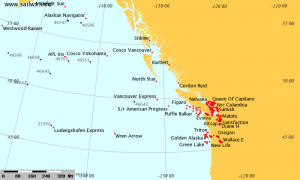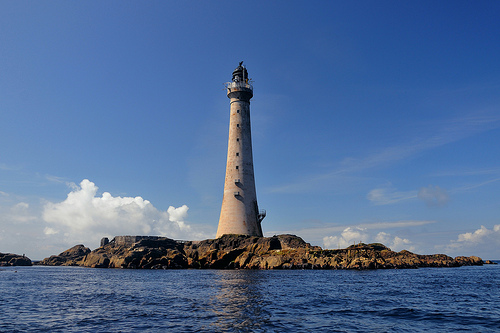In July 1942, seventeen (17) years before the present lighthouse at Cape Scott was lit, the Royal Canadian Air Force (RCAF) established a radio detection finding (RDF) transmitter and receiver at the point. Work was started in July 1942 and the station was online in December 1942. It continued in operation until September 1945. (please see reference notes below).

Late in 2005 the lighthouse keeper at Cape Scott, Harvey Humchitt, received an inquiry from Ernest J. Ferguson who was reminiscing about his earlier life and wanted to visit Cape Scott, his old haunt from 1942. He was a well-retired RCAF Pilot Officer who started on Cape Scott in July 1942 as a Leading Aircraftman (LAC).
In his email he wished to visit the area once more but Coast Guard would not permit it because of his age (he was 85 years old this year [2006]). Since then he has written Harvey and myself and given us a few black and white photos and stories of his time setting up No. 10 Radio Detachment on Cape Scott. Continue reading Cape Scott Before the Lighthouse 1942 – 1943








